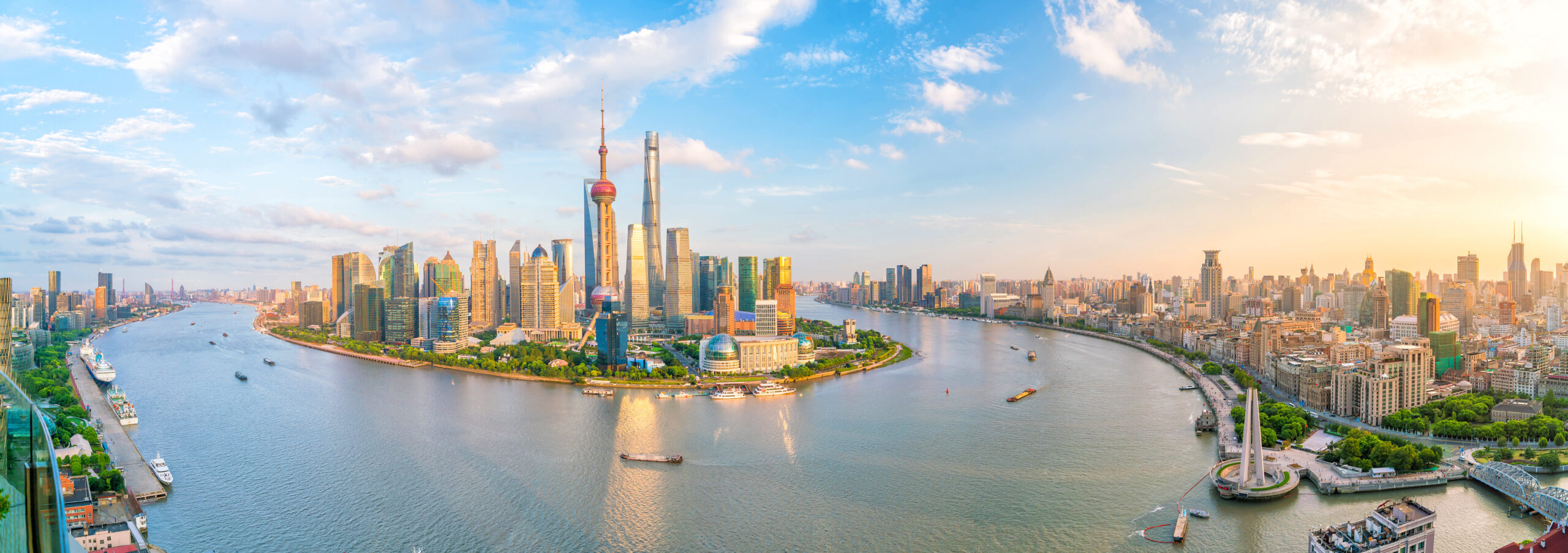Civil infrastructure projects, especially road and rail links, often have mountains to contend with, and engineers may fervently wish they just weren’t there. In Shanghai, the attitude is a little different. There they actually build mountains…
Apart from the skyscrapers, Shanghai’s horizon is famously untroubled by anything tall.
It’s a notoriously flat landscape, built as it is on the shifting sands of the East China Sea. Most nations would accept their geographic destiny, but China is not most nations. If Shanghai doesn’t have mountains, the answer is easy: build a couple (if, admittedly, modest ones).
So it was that last September, the city cut the ribbon on The Twin Hills, two artificial peaks constructed in the Shanghai Expo Culture Park, one of them 37m high, and the other 48m. (Using that arcane, universal measure of height, the double decker bus, 48 metres equates to 11 of them stacked on top of each other.)
The hills, covered with 7000 trees and a wealth of greenery, have trails that can be hiked, though you need to book a slot in advance, so popular has the attraction become in a short space of time. Not without a sense of humour, the park’s managers started renting out hiking poles so visitors could be photographed with them. That became so popular that they then started pressing broom handles into service for the sake of the TikTok-ing crowds.
Cost and construction
Inside the hollow structure, covered with earth, are exhibition halls and parking for 1500 cars. The hills have been under construction since 2017 when they were the winning submission in a public competition to suggest a new attraction for the city. Outdoor spaces are highly valued by Shanghai’s often constricted residents. The city has 477 parks in total, 18 of them dedicated spaces for kite flying. This latest has made use of formerly polluted, industrial land, where an old steel factory once stood. Around 6000 piles were driven into it, and 30,000 tonnes of steel and concrete used to create the shell.
The costs of the structure are difficult to gauge from Chinese sources, but a figure between $250m and $300m is not out of the question. The surrounding park also has artificial waterfalls, its own stream, an aquarium, and a series of botanic gardens.
In truth, the Twin Hills are well short of mountain status (higher than 300m to qualify), but in terms of a towering civil accomplishment, it perhaps deserves a space in the record books.
A hill to climb
Difficult to imagine, but there once a proposal to build a 1000m high artificial mountain in Berlin, the concept of architect Jakob Tigges, known for his provocative urban designs. “The Berg” would have taken the place of Tempelhof Airport and been a wildlife and mountaineering resort. Back in 2009, it was seriously considered as a new, spectacular landmark for the city. Not surprisingly the vast cost and logistical nightmares meant it never saw the light of day.





